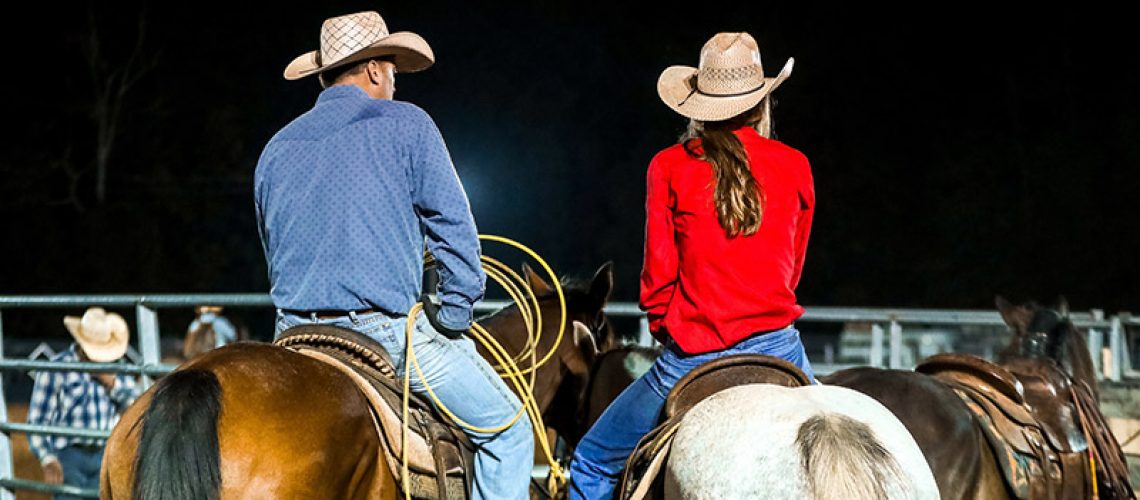Western riding is a popular equestrian discipline rooted in the traditions of American cowboys and ranchers. This guide will introduce you to the basics of Western riding, offer essential training tips, and help you prepare for competitive success.
Understanding Western Riding
Western riding encompasses various styles and disciplines that highlight the skills and techniques used in ranch work. It emphasizes a comfortable, practical approach to riding, suitable for long hours on the trail.
Key Elements of Western Riding
- Western Tack: Western saddles are designed for comfort and utility, featuring a horn for roping and a deep seat for stability.
- Riding Style: Riders use one hand on the reins, allowing the other hand to be free for tasks. The rider’s seat is deep, and the posture is relaxed yet alert.
- Disciplines: Western riding includes disciplines such as reining, cutting, barrel racing, and Western pleasure, each requiring specific skills and training.
Essential Training Tips for Western Riding – Building a Strong Foundation
Basic Skills and Commands
- Groundwork: Start with groundwork to build trust and communication with your horse. Teach basic commands such as “whoa,” “walk,” and “trot.”
- Mounting and Dismounting: Practice safe mounting and dismounting techniques to ensure a smooth start and finish to your rides.
Developing Control and Balance
- Rein Control: Learn to use reins effectively with one hand, ensuring gentle yet precise control over your horse.
- Seat and Balance: Focus on maintaining a balanced seat, using your legs and core to stay steady and guide your horse.
Training for Specific Disciplines
- Reining: Practice precise maneuvers such as spins, sliding stops, and rollbacks. Work on smooth transitions and responsiveness.
- Cutting: Train your horse to anticipate and react quickly to the movements of cattle, emphasizing agility and control.
- Barrel Racing: Develop speed and agility by practicing tight turns and quick sprints around barrels. Consistency and precision are key.
- Western Pleasure: Focus on smooth, consistent gaits and responsiveness to subtle cues. Aim for a relaxed, composed demeanor.
Competing Successfully in Western Riding – Preparing for Competitions
Understanding the Rules
- Know the Regulations: Familiarize yourself with the rules and judging criteria for your chosen discipline. Each event has specific requirements and scoring systems.
- Proper Attire and Tack: Ensure your attire and tack meet competition standards. Western attire typically includes a cowboy hat, boots, and a Western saddle and bridle.
Practice Show Patterns
- Pattern Practice: Regularly practice the patterns used in competitions to build muscle memory and reduce stress on show day.
- Simulate Competition Conditions: Train in different environments to prepare your horse for the distractions and pressures of the show ring.
On Competition Day
Warm-Up Routine
- Thorough Warm-Up: Warm up your horse thoroughly before competing, focusing on relaxing and loosening up the muscles.
- Stay Calm: Keep yourself and your horse calm and composed. Your energy and demeanor will influence your horse’s performance.
Performance Tips
- Smooth Transitions: Focus on smooth transitions between gaits and maneuvers. Judges look for seamless changes and consistent performance.
- Confidence and Composure: Maintain eye contact with the judges and ride with confidence. A composed rider can positively influence the horse’s performance.
Western riding is a rewarding and versatile discipline that offers numerous opportunities for competition and enjoyment. By following these training tips and preparing thoroughly, you can excel in Western riding and compete successfully in your chosen events.
For more information on Western riding tips and events, visit our website and create your free account today.
